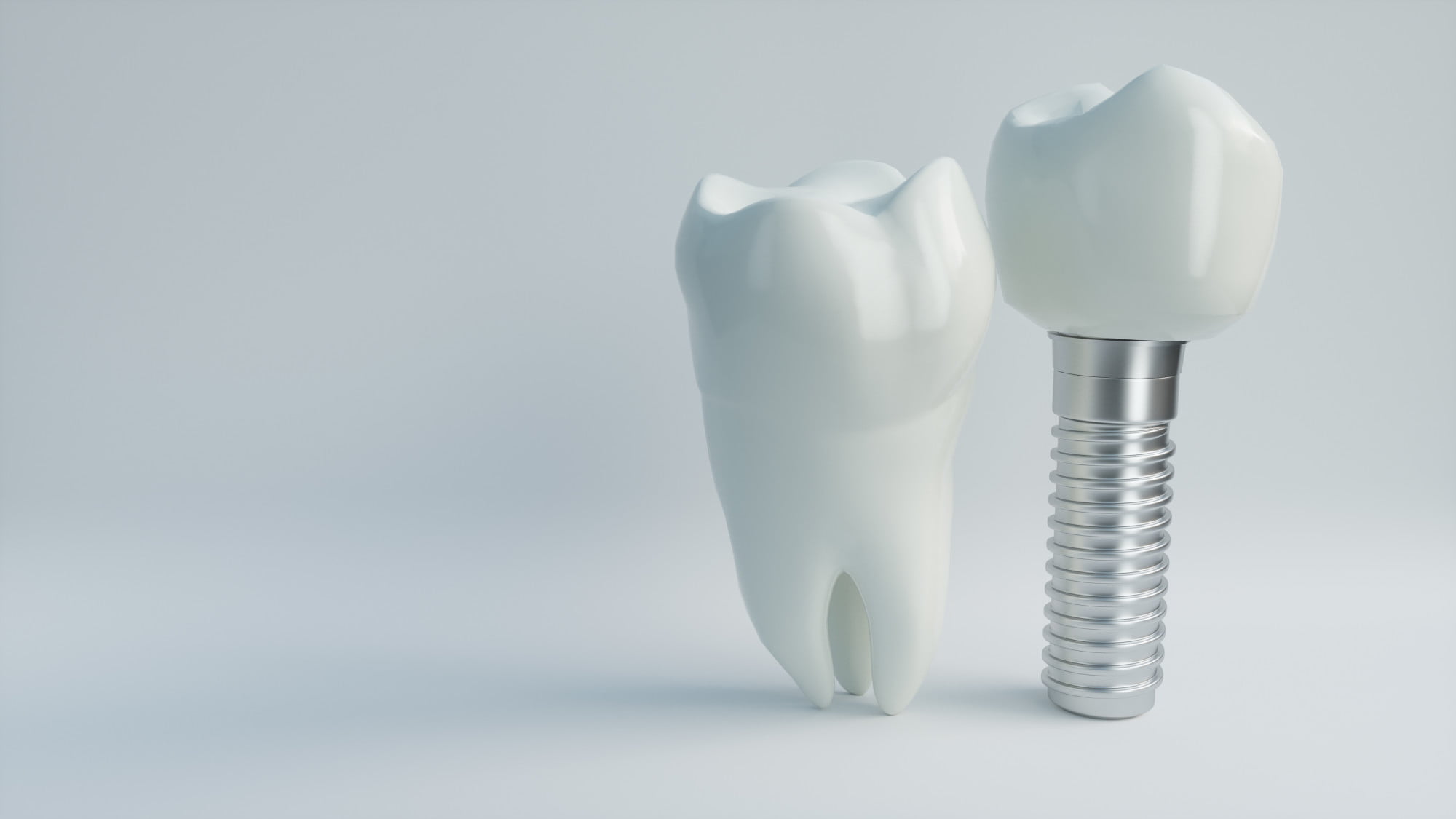Analysts predict that the dental implant market will reach nearly $8 billion by 2028. While it’s common for people to get all types of dental implants now, some patients are still hesitant.
Most of their questions revolve around the bone graft procedure and if they need it. Not every dental implant procedure requires a bone graft, but sometimes there’s no way around it.
The following guide will explain when a bone graft is necessary and what they involve.
Bone Graft Basics
Bone grafting involves a surgical technique that provides added tissue for support. It takes bone from a different part of your body or a donor’s body and gets relocated to the area in need.
The jaw merges with the bone graft to fix the thickness of a weakened bone. With dental implants, grafts help support the jaw for several years. To determine which patients need bone grafts, dentists look over a CT scan of the mouth.
Bone Graft Candidates
If you don’t replace missing teeth for an extended period of time, it shrinks or even collapses your jawbone because it doesn’t receive enough stimulation. Bones are similar to muscles in that they also require frequent stimulation to stay healthy and strong.
Stimulation occurs when you chew or bite food with your teeth each day. Fortunately, dental implants deliver the same type of stimulation as your natural teeth would. So, if your jawbone has worsened due to low stimulation, you probably need a bone graft.
If you have ever had any serious gum diseases or damage to your gums, they most likely weakened your jawbone making it unstable. Consequently, you will require a bone graft to build up mass and reinforce your jawbone before getting implants.
Some regions of your jawbone are more vulnerable to having inadequate bone tissue than other areas. For example, it’s hollow around the bottom of your upper sinus. The nearby bone tissue in that area might not have the thickness to support implants.
Do Bone Grafts Hurt?
If a patient takes the recommended antibiotics after a graft, the entire procedure is typically pain-free. It’s also crucial that the dentist waits for the bone graft to merge with the mouth’s natural bones before the implant procedure.
If patients do experience pain after a bone graft, it usually only last for a few days after the procedure. They might experience mild pain, swelling, and bruising around the graft area.
Patients can take over-the-counter medicines like Tylenol and Ibuprofen to relieve any pain they have from the graft. It’s also important for patients not to brush their teeth for 24 hours after a bone graft to avoid complications.
You also shouldn’t use a straw to drink beverages for a week after your bone graft surgery. Once you start brushing again, you should also rinse with salt water to keep the graft area clean.
Getting a Bone Graft
Now you know that unless your jawbone can support implants on its own, you’ll need a bone graft. Although, it’s a relatively painless procedure with a quick recovery time.
Check out our site’s health section for more dental tips and helpful information.









